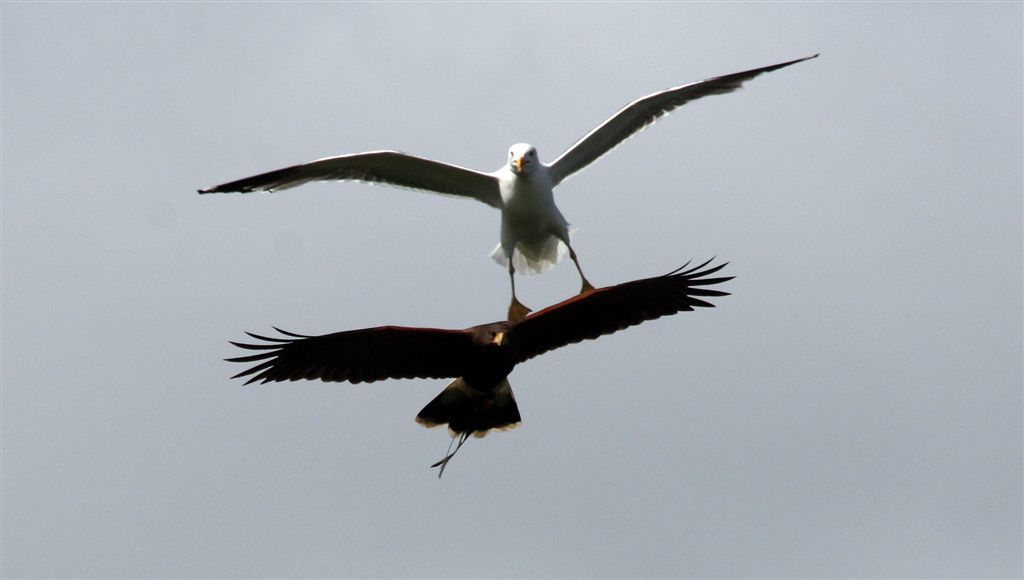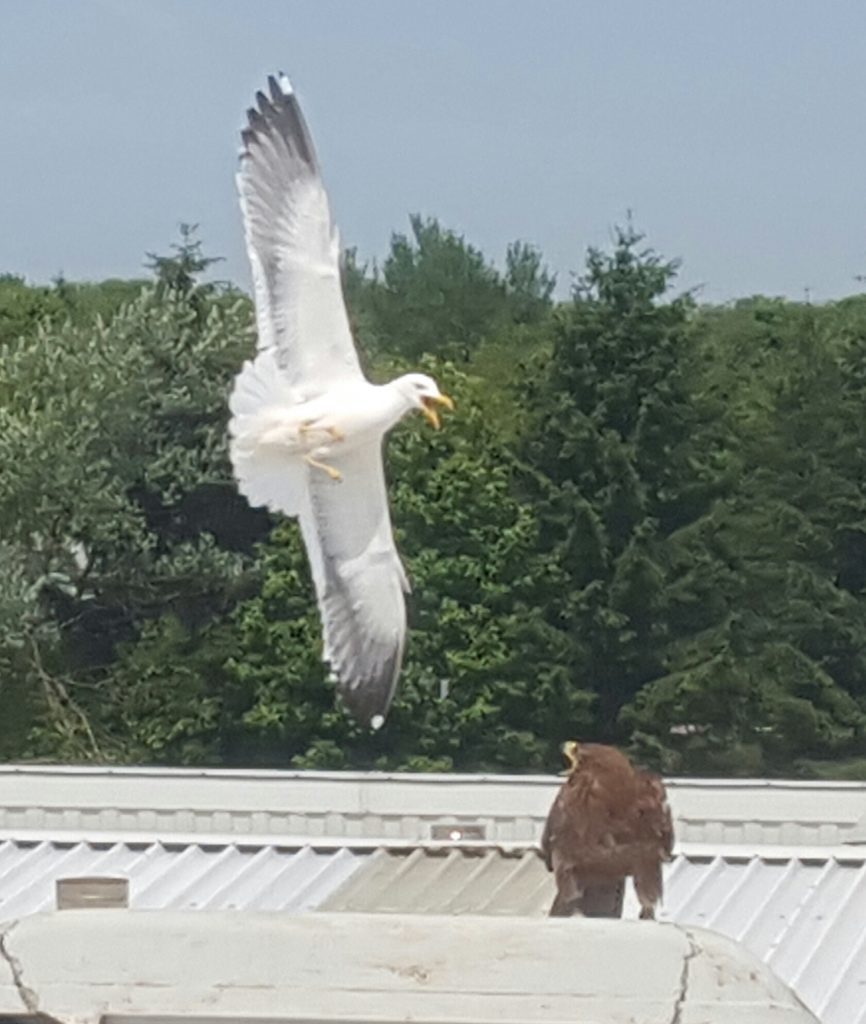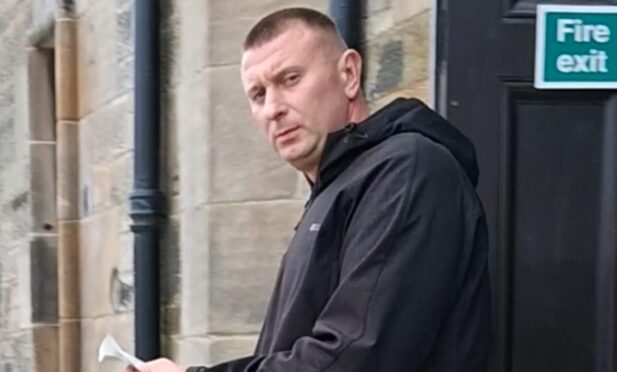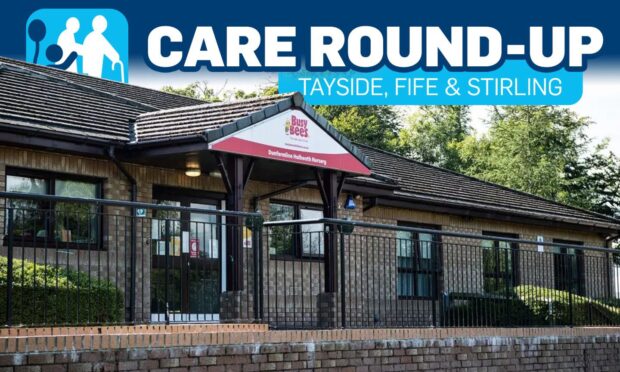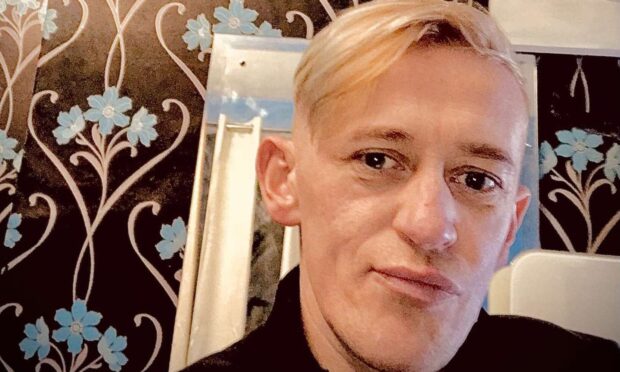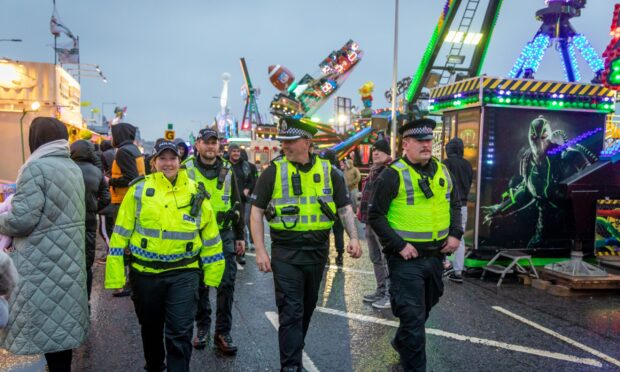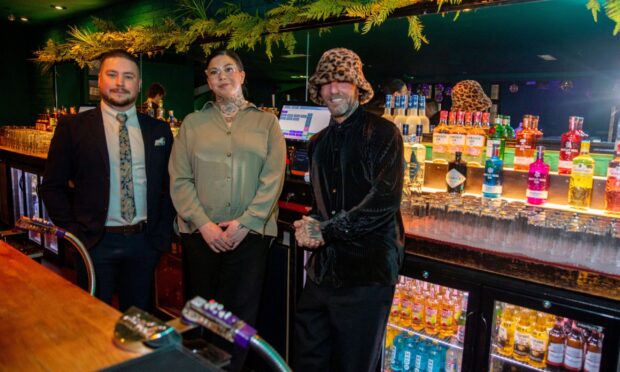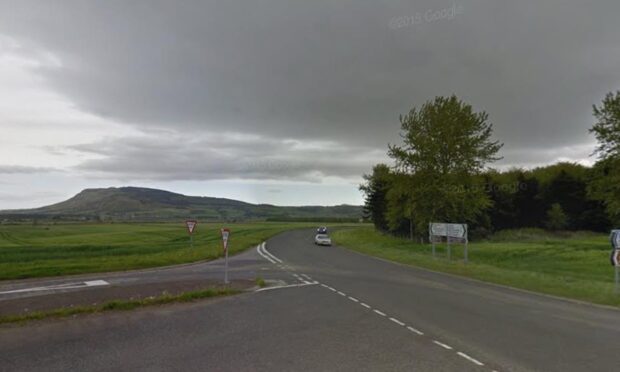It can take up to seven years to fully move a colony of gulls from a particular location, according to a Fife man who has been doing the job for two decades.
Barry Blyther uses a mix of different techniques to legally reduce and eradicate the number of gulls in certain locations. However, they all hinge around one centuries old method – falconry.
Using birds of prey and a range of other tactics, he helps clients get rid of gulls while sticking firmly to the rulebook.
“Some sites we go to, the client asks that nothing is chased or hurt or killed,” Barry explained.
“We work for the Open and we were called in to make sure that in the entire food area no gulls touched the ground.
“For the duration of the days we were there, not a single gull touched the ground at any point. When we put the birds away, within 15 minutes gulls were everywhere.
“The difference is at the Open we are not in a breeding colony, just a location where there are available food sources.
“We let off lots of different hawk species so the gulls look and think there are lots of them. It’s completely effective.”
However, in established colonies, it becomes far more difficult to completely remove the birds for good – and can take up to seven years given the birds’ migratory and breeding patterns.
“Other sites like a factory then a gull cannot come anywhere near the place,” Barry explains.
“What we do isn’t a key to make lots of money. If we turn up at that site to do a demonstration we put one hawk in the air and the gull colony will go into turmoil.
“They go out of their minds and it looks really striking. What we have to remember is birds’ lives are full of predators. It’s a natural part of their day.
“The predator as a standalone won’t work.”
Instead, Barry and his team also remove nests and eggs while the birds of prey fly loose, making the gulls think the hawks are to blame. It is only by using this intensive approach that the gulls eventually learn to see their base as an unsafe location for colony.
And, given the fact some gulls take seven years before becoming of breeding age, the team has to go back to each location for up to seven years before the problem can be completely solved.
